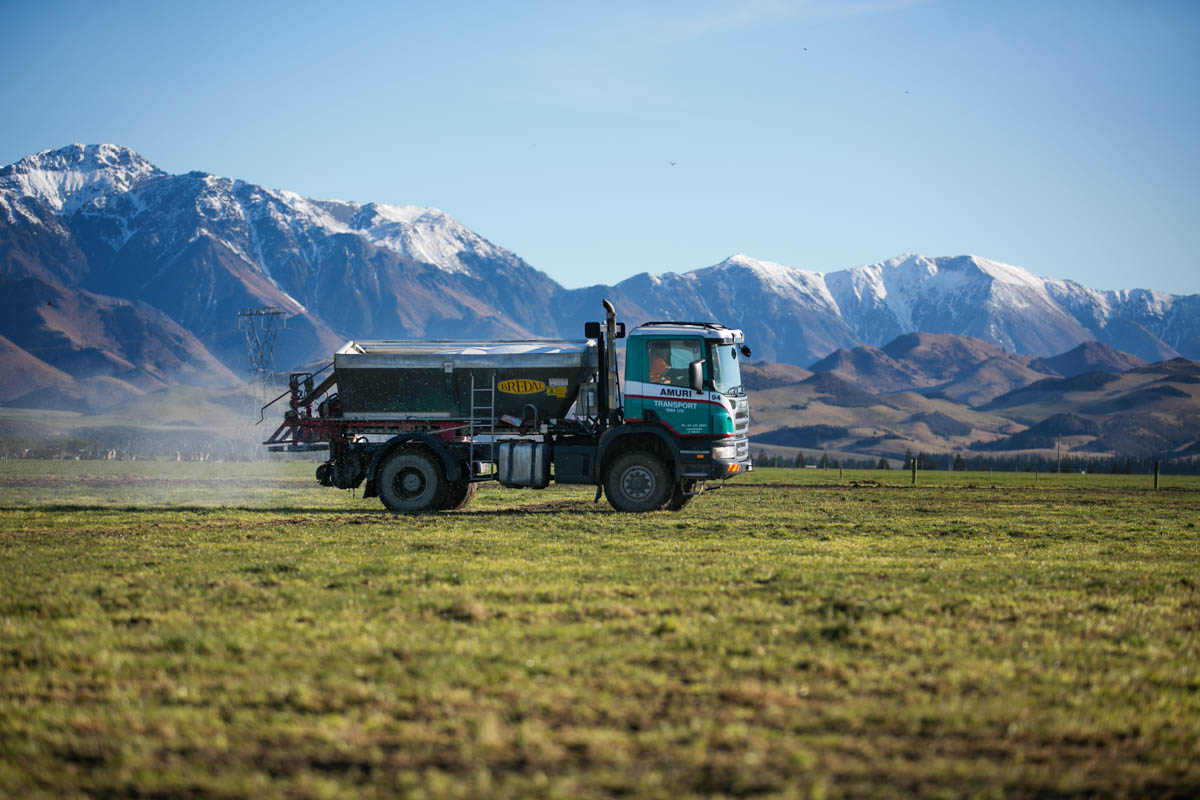New Zealand’s TBfree programme is demonstrating progress with the reduction of testing requirements for cattle and deer herds in a few areas from March 1.
The programme, run by animal health and traceability organisation OSPRI, manages cattle and deer TB testing through Disease Control Areas (DCAs) throughout the country. These focus on areas of varying risk of livestock TB infection from the main wildlife vector, possums. TBfree’s strategy combines targeted possum control, TB testing and stock movement controls to help control the spread of bovine TB beyond these boundaries.
DCA changes show the progress of TB control towards the ultimate eradication of bovine tuberculosis from cattle and deer herds. So far the programme has eradicated TB from 2.02 million hectares – leaving about 7.9m ha of vector risk area left to be eradicated.
Each year, DCA boundaries and the TB testing regime within them, are assessed and adjusted according to progress in the TBfree programme. From March 1, reductions to DCAs affect 350,000ha and 600 herds, resulting in more than 33,000 fewer TB tests for cattle and deer herds.
“The progress of the TBfree programme is a credit to farmers, the dairy and meat industries and the Government organisations that invest in the TBfree programme,” OSPRI Acting chief executive Pim Borren says, “and in the ultimate goal of making New Zealand TB-free.”
More? Visit ospri.co.nz/dcamap to check local disease control area status.




